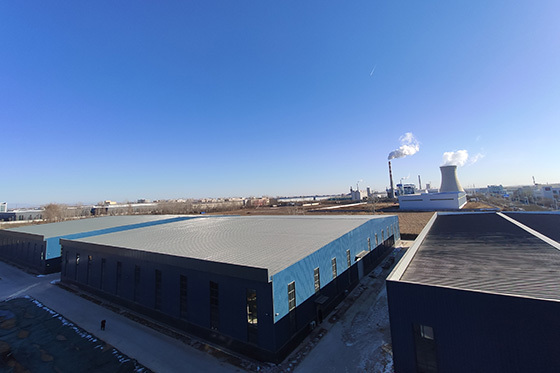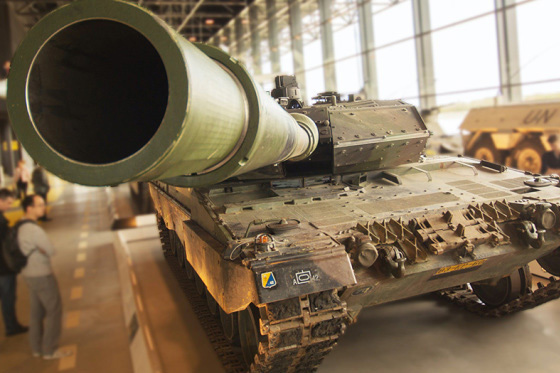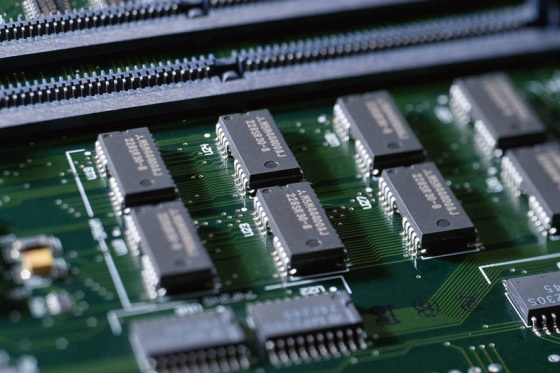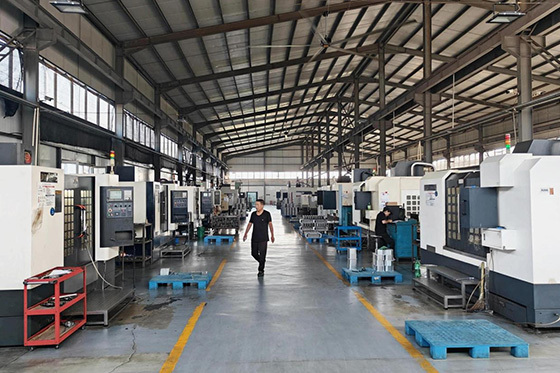Which one to choose, milling machine or lathe? Interpretation of Yino Machinery
Release time:
Jun 09,2024
Lathe: fixed tools-rotating materials-manufacturing cylindrical parts Milling machines: fixed materials-rotating tools-cutting
A lathe is a device that makes cylindrical parts by rotating material on a fixed tool. It uses turning technology for parts machining. In a lathe, the material is held in a chuck that rotates at high speed, and this axis of rotation is called the C- axis. The tool is mounted on a tool holder that can move in a direction parallel to the C- axis (I. e., along the Z-axis) and in a direction perpendicular to the C- axis (I. e., along the X-axis). By simultaneously controlling the X and Z position of the tool holder and the change of the rotation speed, the turning of complex cylindrical geometries can be realized.
A milling machine is a device that cuts by fixing the material in a fixture and using a rotating tool. The most common milling machine configuration is a 3-axis milling machine, in which the part can move back and forth along the X and Y axes, and the tool moves up and down along the Z axis, creating complex surfaces and other geometric shapes. In addition to 3-axis milling machines, there are other multi-axis milling machine configurations, such as 5-axis milling machines, which can be used to process more complex parts. Similar to lathes, milling machines have a wider range of machining and are more complex to set up and program.
When choosing a lathe or milling machine, it is necessary to judge according to the shape and characteristics of the part. If the part is cylindrical, and the cross section must be circular, and it needs to be processed on the same central axis, the lathe is a better choice. For those parts that are not completely cylindrical, have flat or complex features, or have offset/angled holes, milling machines are more suitable for processing. Although the milling machine can also be used to process cylindrical features, the lathe is a more accurate and suitable choice for purely cylindrical parts. Of course, for some more complex machines, such as Swiss lathes, they can cut flat features and drill vertical holes in the material. However, these machines are still more suitable for machining cylindrical parts.
Key words:
Popular Info



















